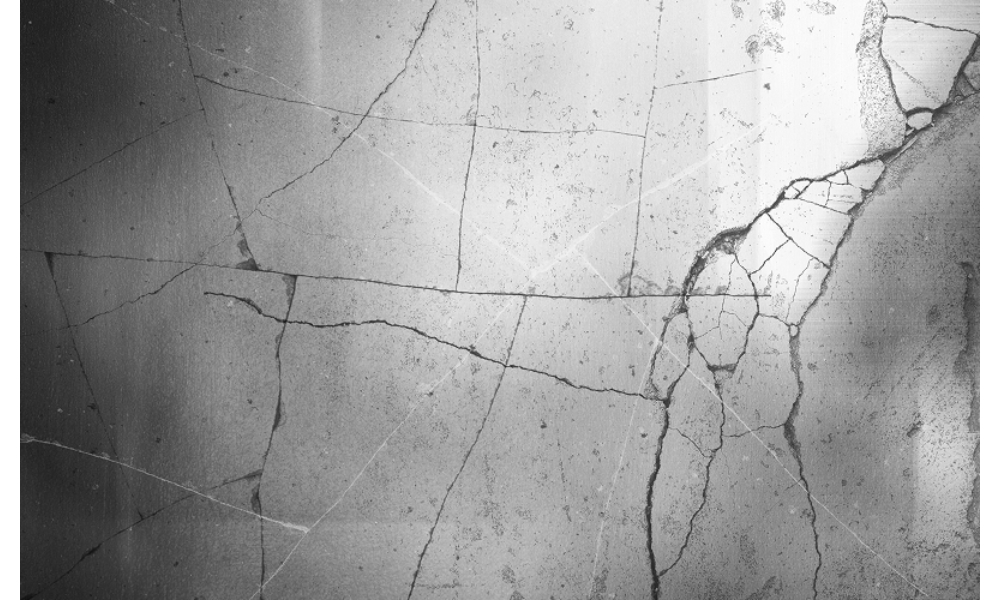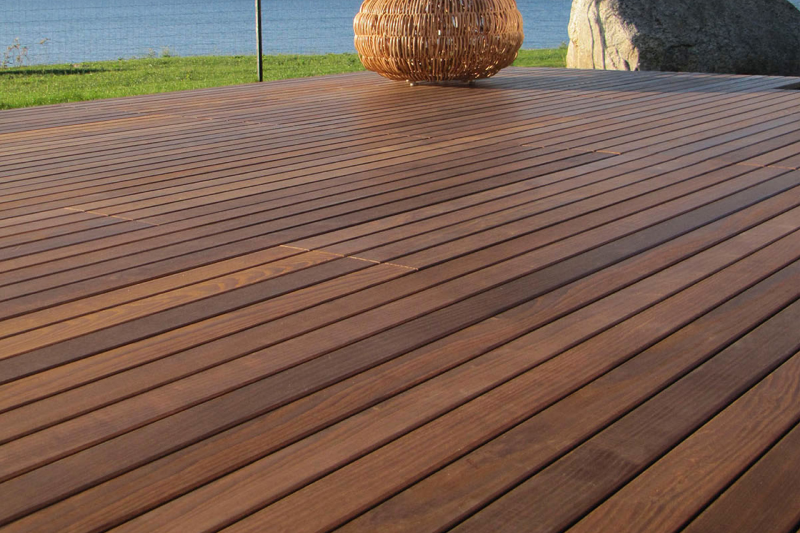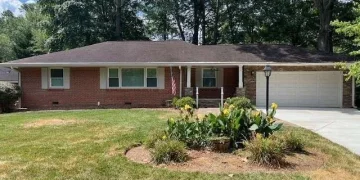What Causes Spalling Concrete and Why It Shouldn’t Be Ignored

Concrete may look tough, but it is far from indestructible. Over time, the combination of water, weather, and wear takes a toll. Spalling is one of the most common problems that shows this weakness, yet it is often overlooked until pieces start falling off. Addressing the issue early with the help of a waterproofing specialist in Singapore prevents minor flaws from turning into major hazards.
What Spalling Concrete Looks Like
Concrete is known for strength, but it is not immune to wear. Spalling happens when the surface chips, flakes, or breaks away. You might notice rough patches, hollow sounds when tapped, or pieces falling from ceilings and walls. What looks like surface damage is often a sign of bigger problems inside. Once spalling begins, it rarely stays put. Instead, it spreads slowly but surely, making repairs harder the longer you wait.
Why Concrete Starts to Spall
One of the main culprits is water. When moisture seeps through cracks, it reaches the steel reinforcement inside. Steel rusts and expands, pushing the concrete outward until it flakes. Temperature changes also play a role, as expansion and contraction widen cracks over time. Poor construction methods, low-quality mixes, or thin cover over steel add to the risk. Spalling concrete repair becomes necessary once these conditions set in, as untreated damage can compromise the safety of the structure.
The Impact of Climate and Environment
Singapore’s humid and rainy climate speeds up spalling. Salt in the air near coastal areas also attacks concrete, especially in high-rise blocks and car parks. Constant exposure to moisture means cracks absorb more water, creating a cycle of damage. Without intervention, what begins as a cosmetic problem can turn into a safety hazard. This is where engaging a waterproofing specialist in Singapore helps, as they can provide protective solutions that slow the process and extend the life of concrete structures.
Early Warning Signs
The first signs are usually hairline cracks or minor flakes. Over time, larger chunks may fall, creating risks for people walking below. Rust stains on surfaces are another clue that the steel inside is corroding. Ignoring these signs means waiting until repairs cost more and safety becomes an issue. Regular inspections and small fixes keep damage from spreading, saving time and expense in the long run.
Why It Shouldn’t Be Ignored
Spalling is more than an eyesore. It weakens structural integrity, exposes steel to further corrosion, and increases the risk of accidents. Ceilings that spall indoors may drop pieces of concrete onto furniture or worse, onto people. Outdoors, falling chunks create hazards in car parks and walkways. Addressing it quickly with spalling concrete repair avoids these dangers and helps maintain the value of a property.
Common Methods of Repair
Repairing spalling concrete today involves more than simple patching. Epoxy injections can fill cracks from within, while polymer-modified mortars provide stronger bonding to damaged surfaces. Protective coatings help shield against moisture and salt, reducing future wear. Some treatments also use corrosion inhibitors to slow rust in steel reinforcement. These approaches make spalling concrete repair more reliable, offering property owners practical and lasting results.
Preventive Measures That Work
Prevention often costs less than repair. Proper waterproofing on roofs, balconies, and exposed areas limits water penetration. Adequate drainage keeps surfaces dry and reduces standing water. Using quality concrete mixes with enough cover over steel bars makes structures more resilient. Regular maintenance, such as sealing cracks early, adds years of life to concrete. Seeking advice from a waterproofing specialist in Singapore helps property owners choose the right approach for prevention and care.
Consequences of Ignoring Spalling
Leaving spalling untreated leads to higher costs and bigger risks. Small cracks develop into major structural weaknesses, while exposed steel continues to rust and expand. This accelerates damage and reduces the lifespan of buildings. For residents, falling pieces of concrete create real hazards indoors and outdoors. For property owners, neglect means liability issues, emergency repairs, and loss of value. Ignoring spalling is not just delaying work, it invites more danger and expense later.
Keep Your Concrete in Shape
Concrete may look strong, but it still requires upkeep. Once spalling begins, it spreads quickly and compromises safety. Acting early with proper spalling concrete repair helps prevent higher costs and greater hazards later on. By combining professional fixes with preventive care, structures stay reliable and safe for much longer. Contact General Waterproofing & Service to keep your concrete secure and safe from spalling damage.













